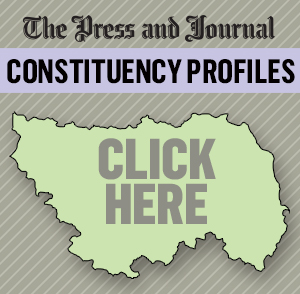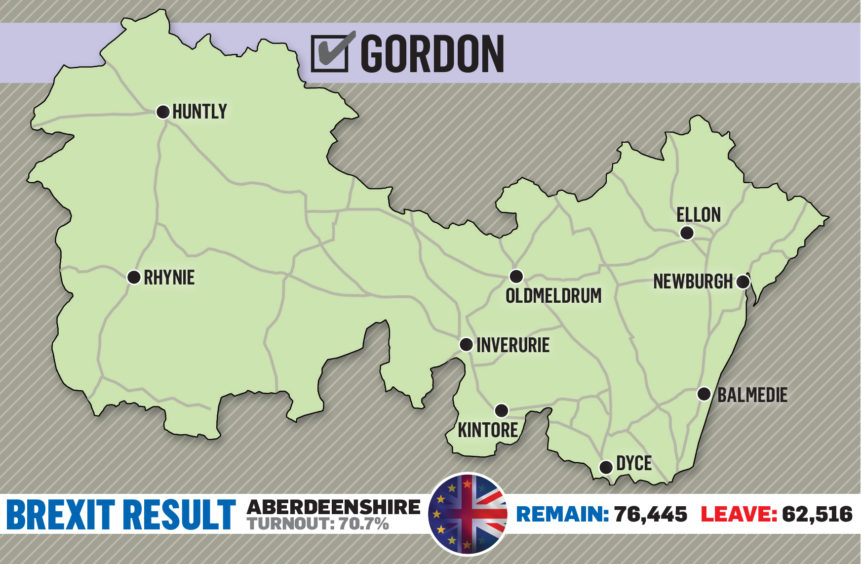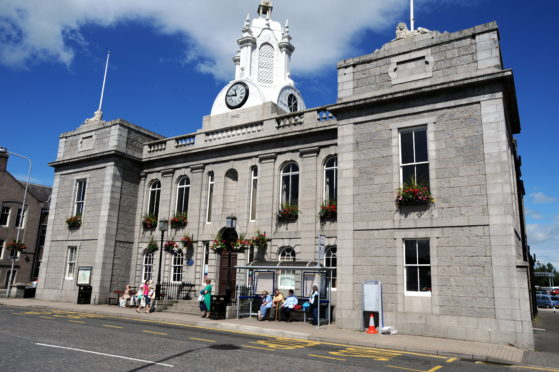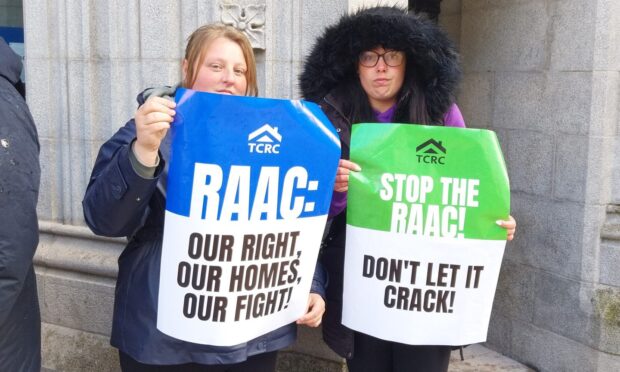During Theresa May’s ill-fated snap General Election, the Gordon constituency produced one of the biggest stories of the contest and a sliver of a silver-lining for the Conservative Party.
Colin Clark of the Tories surged from third place to take the seat ahead of sitting MP Alex Salmond in a result that would have previously been unthinkable.
The end of Mr Salmond’s reign in the north-east and the defeat of his colleague Angus Robertson in Moray were totemic moments in the election north of the border.
 But with the Scottish Conservatives facing a huge battle to hang on to the gains they made under Ruth Davidson in 2017, Gordon is re-emerging as a key battleground.
But with the Scottish Conservatives facing a huge battle to hang on to the gains they made under Ruth Davidson in 2017, Gordon is re-emerging as a key battleground.
With Mr Salmond not standing and facing multiple criminal charges (which he denies), Mr Clark’s SNP challenger is Richard Thomson, the Aberdeenshire Council opposition leader.
Given Boris Johnson’s unpopularity in Scotland, the SNP will be extremely hopeful they can overturn Mr Clark’s 2,607 majority and take back the seat Mr Salmond lost after years as a political force in the north-east.
Those involved in the contest say the NHS has emerged as a key issue with voters concerned about GP coverage, the time taken for treatment in Aberdeen and patients having to travel outside the city for treatment.
Click a constituency to read more
Another big talking point on the doorstep is the future of the North Sea industry, as one might expect of an area that includes Bridge of Don with its high proportion of oil service industries, as well as several Aberdeen commuter towns.
Therefore Labour’s plans for an £11 billion windfall tax on oil and gas companies that would create a “just transition fund” to help shift the UK towards a green economy are not going down well.
In addition, Labour’s local campaign was hit by controversy when Kate Ramsden, a prominent north-east trade unionist, became engulfed in an anti-semitism row.
Ms Ramsden stood down after the Jewish Chronicle revealed she likened the actions of the Israeli government to those of a child abuser in a blog post.
She has since apologised and been replaced by Heather Herbert.
Labour is expected to play a peripheral role in this seat.
But it would not be true to characterise it as a straight fight between the Conservatives and the SNP as the Lib Dems could have a role to play.

For more than three decades the seat was held by Malcolm Bruce, the veteran Liberal, who won Gordon back in 1983 when the seat was created.
He held on to it until 2015 when he retired. Then the new Liberal candidate Christine Jardine was defeated by Mr Salmond as the SNP made huge gains in the aftermath of the party’s defeat in the 2014 independence referendum.
Lib Dem votes have dwindled steadily from the 20,000 or so (45%) won by Mr Bruce (now Lord Bruce of Bennachie) in 2005.
When Mr Salmond won in 2015, with almost half of the vote, the Lib Dems were still attracting one third.
In 2017, however, Lib Dem support fell dramatically to 11.6%.
Nevertheless both the Tories and the SNP will be doing their utmost to prevent a Lib Dem revival.
The Lib Dem candidate James Oates happens to be Mr Bruce’s nephew and he will be hoping that dismay over Brexit in what was a Remain-voting seat will drive voters towards him.
But the SNP are hammering home the message that they are the party to stop Brexit in Scotland in the hope that will pay dividends in a constituency where there was a 61% Remain vote.
As for the Tories, they will desperately hope that opposition to Scottish independence trumps opposition to Brexit when voters finally make their minds up.
That is what appeared to happen two years ago when Lib Dem, pro-UK voters voted tactically with the Conservatives to oust Mr Salmond on the basis that a Tory vote was the best way of maintaining the Union.
The question is whether that will continue to be the case in this election, when the SNP will be hoping to capitalise on the perceived unpopularity of Boris Johnson and the loss of Ruth Davidson from the head of the Scottish Tories.
As far as predicting a winner is concerned, this seat could be one of the closest.
The Conservatives say their vote is holding up, so Mr Clark is hopeful he will retain his seat.
That is also what the most recent YouGov poll predicted. So a narrow Tory hold, but it will be a desperately close-run thing.
PREDICTION: CONSERVATIVE HOLD










